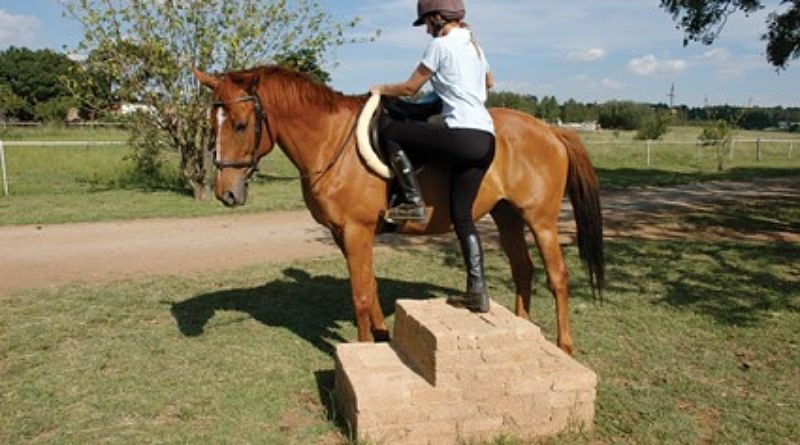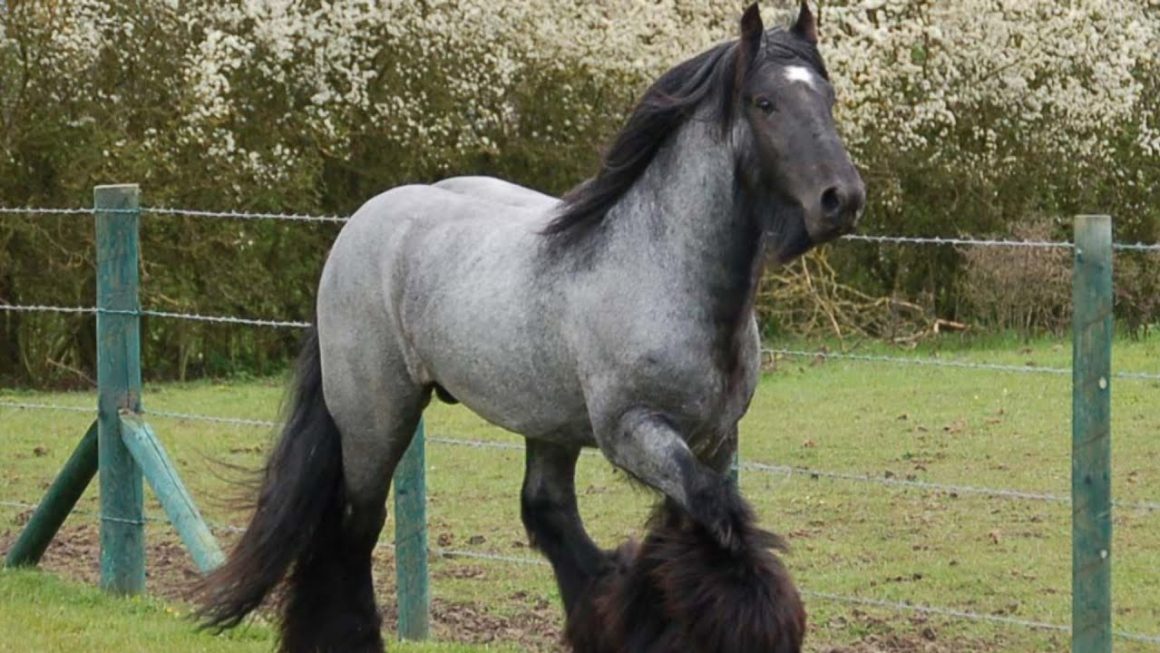-
- Understanding the influence of bedding and surface on equine comfort and resting behavior
- Recognizing the impact of health and pain management on a horse’s willingness to lie down
- Evaluating the role of herd dynamics and social environment
- Identifying the importance of space availability and stable design
- Considering the effects of age and physical condition on lying down duration
- Exploring the role of training, workloads, and daily routines
>> SEE MORE:
- How Long Can a Horse Lay Down Before it Dies?
- Exploring Equine Slumber: Uncover the Secrets of How Horses Sleep
Introduction to Equine Lying Behavior
Horses, majestic creatures known for their strength and grace, also require periods of rest to maintain their health and well-being. The duration for which a horse lies down is crucial for deep sleep and overall comfort. Unlocking Equine Comfort delves into the key factors that affect how long a horse can lay down comfortably. Whether you are an equestrian professional, horse owner, or enthusiast, understanding these aspects could significantly enhance the care and management of these beloved animals.
Bedding and Surface
The type of surface on which a horse lies is significant in their comfort levels. A soft, well-maintain bedding such as straw or shavings can provide cushioning for the horse’s joints, making it more inviting for the animal to lie down and rest. In contrast, a hard or abrasive surface might discourage lying down, potentially impacting the horse’s ability to achieve REM sleep, and thus its overall health and mood.
Health and Pain Management
Equine health issues such as arthritis, laminitis, or injuries can greatly influence lying behavior. Painful conditions may make getting up and down difficult, leading to decreased lying down duration. Prompt veterinary care, pain management, and sometimes modifications to their environment are essential to encourage rest and recuperation, which reflects the direct relationship between a horse’s health and comfort when lying down.

Herd Dynamics and Social Environment
Horses are social creatures; thus, the dynamics of their herd can affect their resting patterns. A horse that is low in the social hierarchy may feel insecure and spend less time lying down. Conversely, a comfortable and secure social environment will likely promote relaxation and increase the duration of recumbent rest.
Space Availability and Stable Design
Spatial constraints are another factor determining how long a horse can lay down. In a cramped or poorly designed stable, horses might not have sufficient room to comfortably lie down or might be at risk of getting trapped or injured. Spacious stalls and thoughtful stable design that allow for natural behaviors are essential for equine comfort.
Age and Physical Condition
The physical condition and age of a horse are also key determining factors in lying down behavior. Elderly horses or those with musculoskeletal issues might find it harder to lie down and get back up. Adjusting the care routine for these horses, such as providing more accessible bedding and joint supplements, can help alleviate discomfort.
Training, Workloads, and Daily Routines
A horse’s training schedule and daily workload may impact its need for rest. Horses with strenuous training regimens may require longer periods of lying down to recover fully. Also, consistent and stable daily routines can help regulate a horse’s natural circadian rhythm, promoting better rest and comfort.
Concluding Thoughts on Equine Comfort
The duration for which a horse lies down is a multifaceted issue influenced by environmental, social, health-related, and management factors. Ensuring equine comfort in resting behavior is not only a matter of welfare but is also indicative of good husbandry practices. By considering the key factors affecting how long a horse can lay down comfortably, we can create environments that cater to their instinctual needs, fostering happier and healthier horses.
It is crucial for those involved in the care of horses to continually stay informed and to apply the latest insights into equine management. With compassionate care, attention to detail, and a willingness to adapt, we can unlock the secrets to equine comfort and ensure the majestic horse thrives under our stewardship.



